Next Generation Sequencing (NGS) in clinical virology – Latest 2024
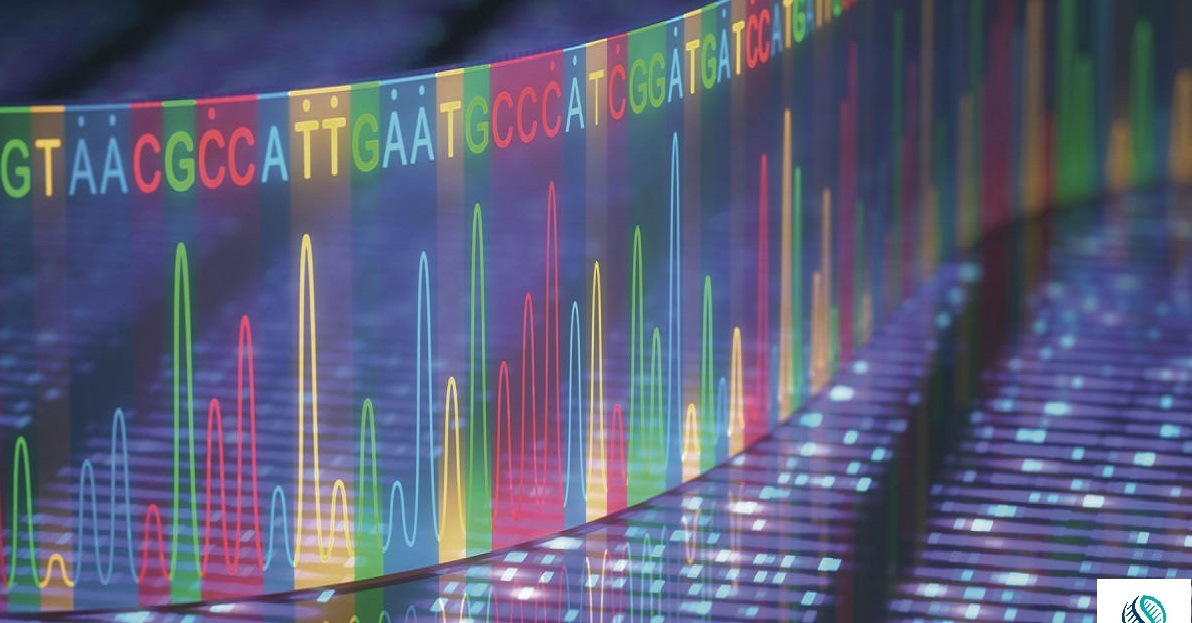
NGS (Next Generation Sequencing) also known as deep sequencing or massively parallel sequencing. These are interrelated terms that usually describes the sequencing of DNA technology that has revolutionized genomic research. In this article, you will find the Applications and role of Next Generation Sequencing (NGS) in clinical virology
Table of Contents
Until now, the Next Generation Sequencing has been applied to strategies of metagenomics. It is used for the classification of viral communities and for the discovery of new viruses. The application of Next Generation Sequencing (NGS) in clinical virology includes detection of the variability of the viral genome, sequencing of the viral genome, and its studies.
These applications are suitable particularly for viruses like HIV (Human immunodeficiency virus), hepatitis C and B viruses. Their error-prone replication machinery with high replication rate results in the formation of numerous genetically linked viral variants. These variants are also known as termed quasi-species in each infected individual.
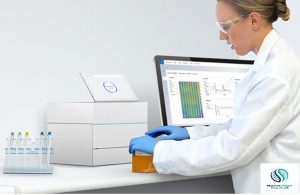
What are Next Generation Sequencing technologies?
Next Generation Sequencing is novel DNA sequencing technologies that provide high speed which in turn produce a wide volume of sequences. The most significant advantage offered by these technologies is in clinical virology. Next-generation sequencing technologies are those technologies wherein millions of sequences of nucleotides are simultaneously interpreted. And these are merely referred to as massively parallel sequencing.
These technologies have been recognized in various fields of life sciences. These include transcriptomics, functional genomics, forensic sciences, evolutionary biology, oncology, and medicines.
NGS technologies are grounded on the ability to sequence parallelly millions of fragments of DNA. And the introduction of technologies of NGS resulted in a progressive increase in content and speed of sequencing
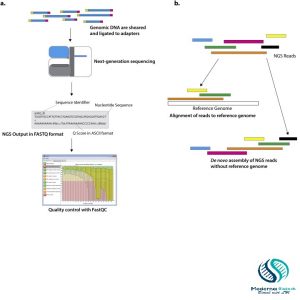
Applications and role of next-generation sequencing (NGS)in clinical virology:
Diagnosis of infection-causing pathogens
Actually, Next Generation Sequencing or massively parallel sequencing has appeared as the most valuable technology for the detection of wide-scale infection-causing pathogens. NGS is mainly described as high throughput sequencing technology used to directly recognize, detect, and then discover new viruses in an effective manner in various plants and animal species without the presence of virus sequences knowledge or antibodies.
Discovery novel viruses
Secondly, The technologies of Next Generation Sequencing have expanded the ability of researchers to evaluate communities of viruses from a heterogeneous mixture of different environments and habitats. This in turn helps them in discovering novel viruses such as novel arenavirus that is linked in the transplant-related disease cluster.
Clinical testing
Thirdly, The Next Generation Sequencing technologies prove significant in clinical testing of infectious causing pathogenic agents. Yet, numerous challenges for example standardizing technical protocol, automation processes, pipelines of bioinformatics, improvement of reference databases, decreasing the turn and cost around time, the establishment of expert measures, and testing of quality control still need to overcome.
Molecular characterization
Fourthly, Modern research has emphasized the importance of Next Generation Sequencing in molecular characterization, stretching from the characterization of metagenomics of unknown disease-causing pathogens to the expansion of viral quasi-species and epidemiology.
HCV complete genome sequencing
Finally, The supplies of the next-generation sequence are considered an applied approach to the HCV complete genome sequencing. It allows evaluation of genetic diversity of virus within a sample and detection of the low frequency of variants. Such devices can observe and sequence a complex mixture of plants nucleic acid in a rapidly parallel way and are considered excellent instruments for viral metagenomics. See Also DNA extraction from blood/tissue/bacteria – A comprehensive Explanation
How next-generation sequencing is important?
In this article, the significances of next-generation sequences or NGS has been explored within a discipline of clinical virology that how NGS plays its role in clinical virology. Next-generation sequencing possesses great value in clinical virology. And it helps in the detection of harmful viruses and opens new ways for the treatment of pathogenic viruses. The significant advantage of next-generation sequencing is that it has the capability to characterize many dissimilar pathogens or viruses that applied in conventional approaches.
Thus, it plays a most significant role in clinical virology. In addition, NGS has numerous applications in virus discovery, as well as its high sensitivity. High sensitivity also makes it susceptible to unintended contamination.
Understanding Next Generation Sequencing (NGS) Technology in DNA Analysis
In today’s world, unraveling the mysteries of our DNA has become more accessible and efficient, thanks to Next Generation Sequencing (NGS) technology. This groundbreaking method allows scientists to read the genetic code of living organisms faster and more accurately than ever before.
Imagine your DNA as a massive instruction manual that holds the blueprint for building and maintaining your body. NGS technology is like a super-powered magnifying glass that helps scientists read and understand this manual with incredible precision.
So, how does NGS work? Instead of reading one DNA strand at a time, like older methods, NGS can read thousands or even millions of DNA strands simultaneously. It’s like having an army of tiny detectives working together to decipher the genetic code.
Here’s a simplified breakdown of the NGS process:
- Sample Preparation: Scientists start by isolating the DNA from a sample, whether it’s a drop of blood, a piece of hair, or a swab from the inside of your cheek.
- Fragmentation: The DNA is then broken into smaller fragments, like tearing pages out of a book, making it easier to analyze.
- Sequencing: Next, these fragments are sequenced, which means determining the order of the chemical bases (adenine, thymine, cytosine, and guanine) that make up the DNA code.
- Data Analysis: The sequencing data is then analyzed using powerful computers and specialized software to piece together the puzzle of the genetic code.
- Interpretation: Finally, scientists interpret the results, uncovering valuable insights about an individual’s genetic makeup, such as disease risks, ancestry, and even personalized medicine options.
NGS technology has revolutionized many areas of research and healthcare:
- Medical Diagnostics: Doctors can use NGS to diagnose genetic disorders, predict disease risks, and tailor treatments to individual patients.
- Cancer Research: NGS helps scientists understand the genetic mutations that drive cancer growth, leading to more targeted therapies.
- Agriculture: Farmers can use NGS to breed healthier, more productive crops and livestock by selecting for desirable genetic traits.
- Forensics: NGS aids forensic scientists in identifying individuals and solving crimes by analyzing DNA evidence more quickly and accurately.
In summary, Next Generation Sequencing (NGS) technology is like a powerful microscope for our genetic code, allowing scientists to delve deeper into the mysteries of DNA with unprecedented speed and precision. As this technology continues to evolve, it holds the promise of unlocking even more secrets hidden within the strands of our DNA.
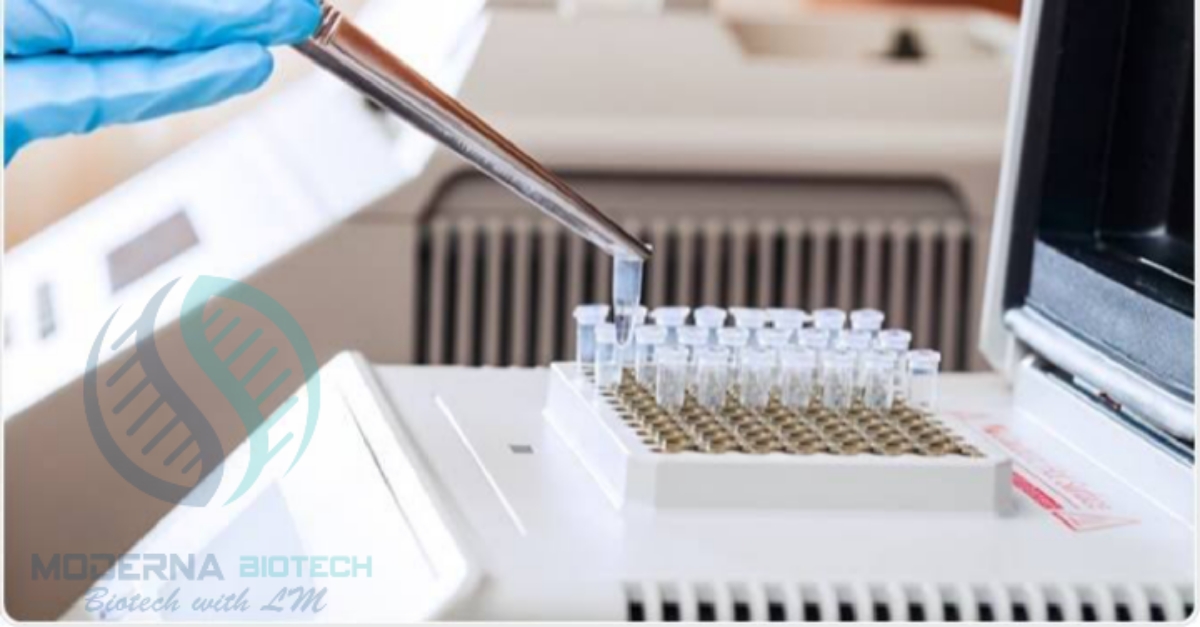

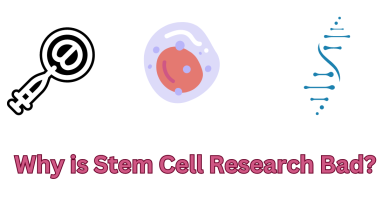
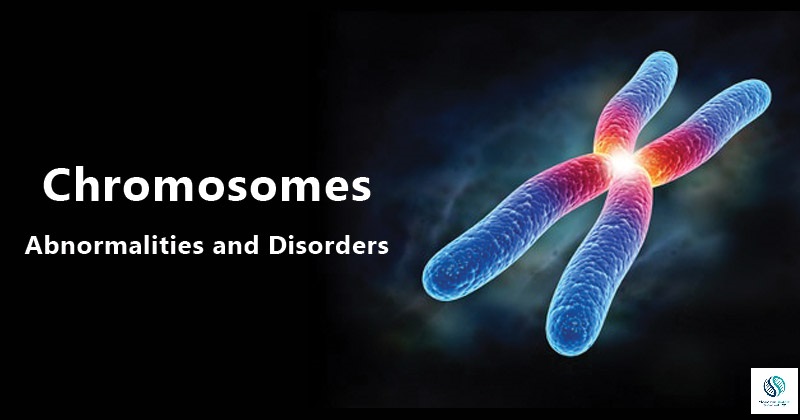
I think this is among the most significant info for me. And i’m glad reading your article. But should remark on some general things, The site style is wonderful, the articles is really great : D. Good job, cheers